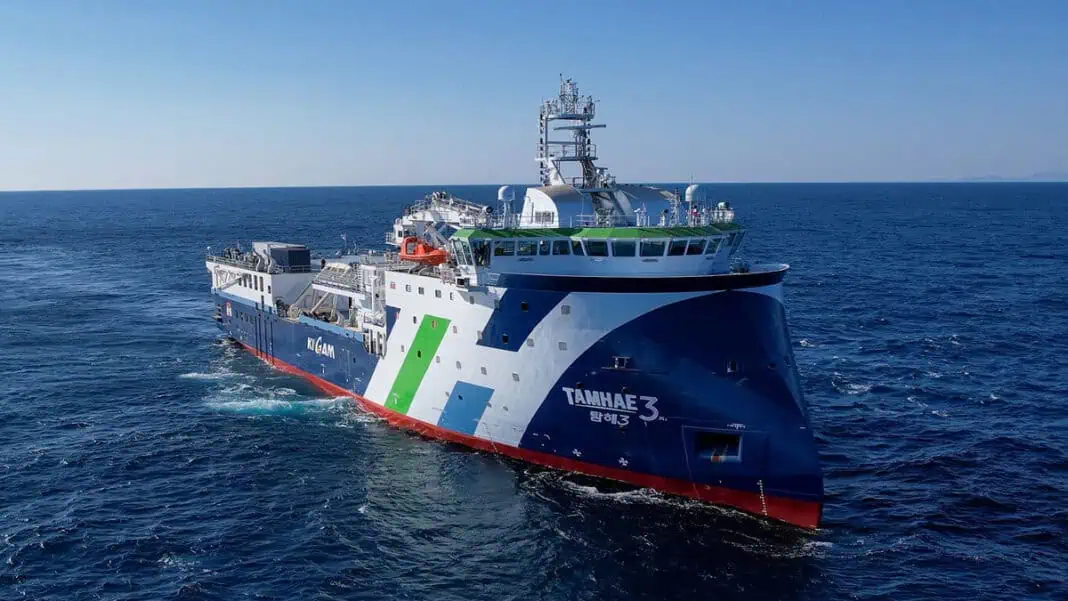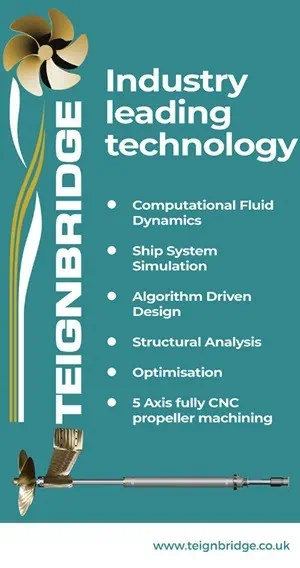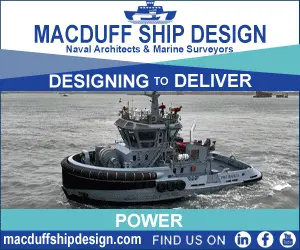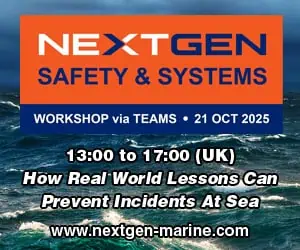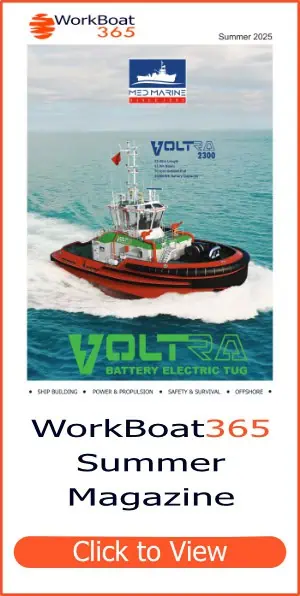Norway-based Finnøy takes great pride in unveiling the delivery of two prestigious projects, which together signify significant advancements in maritime propulsion technology. Tamhae III and Kaharoa II have been meticulously engineered to adhere to rigorous standards for minimal noise and vibration levels, reaffirming Finnøy’s standing as a dependable provider of silent propulsion systems for research vessels.
Tamhae III, South Korea’s first multi-purpose geophysical research vessel, represents a major advancement in geophysical research. Built by HJ Shipbuilding & Construction in Busan, South Korea, for the Korea Institute of Geoscience and Mineral Resources (KIGAM), this vessel was designed by ULSTEIN in Norway. It is equipped with state-of-the-art 3D and 4D research apparatus, a dynamic positioning system, and noise abatement mechanisms, enabling comprehensive geophysical investigations across oceans, polar regions, and continental shelves.
Expressing his enthusiasm, Sung-Hwan Park, Senior Principal Designer Engineer, at HJ Shipbuilding & Construction, remarks, ” The delivery of Tamhae III marks a major milestone for our shipyard, showcasing our ability to deliver top-notch research vessels. Finnøy’s technology guarantees minimal noise and vibration, crucial for KIGAM’s precise research. We extend our gratitude to Team Finnøy for their excellent and professional cooperation throughout the project.”
Finnøy has supplied a comprehensive package to Tamhae III, including two 2G60-80E gearboxes, flexible couplings, complete shaft lines, and silent CP propellers with five blades “Super Silent” Ø 3,8 m, along with fixed nozzles of Finnøy HS profile, and a 5th generation remote control system. The propeller has undergone extensive tank tests and evaluations in cavitation tunnels. To ensure adherence to the highest standards, DNV conducted meticulous noise measurements to verify compliance with class notations ICE 1B, DNV Silent S (Seismic), and Silent R (Research).
The ICE 1B certification validates the vessel’s ice-class hull and propulsion system, crucial for safe navigation in polar regions. Meanwhile, the SILENT-S (Seismic) classification targets seismic research vessels employing acoustic streamers, prioritizing noise reduction in the low-frequency spectrum. This reduction is vital for enabling quiet operations, particularly in adverse conditions, thereby averting potential costly delays.
The SILENT-R classification, the most stringent within the SILENT classes, applies to vessels that require extremely low underwater noise and acoustic levels. This high level of vibration control is necessary to ensure the optimal performance of precision instruments and the collection of accurate and reliable scientific research data. Throughout the design and construction process, Finnøy has placed significant emphasis on minimising underwater acoustics to meet these requirements.
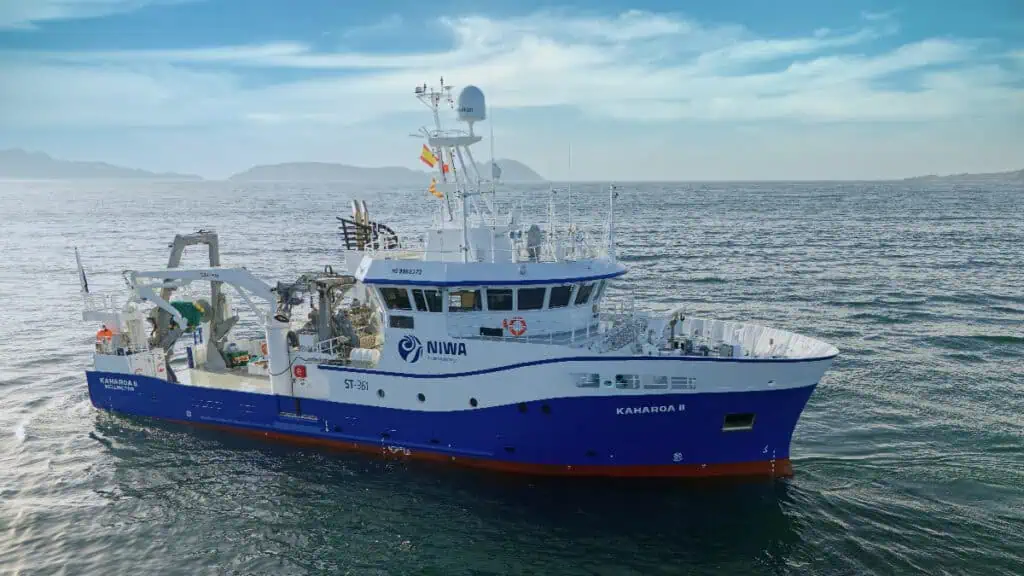
Kaharoa II, a newly constructed research vessel at Astilleros Armon in Spain, signifies a technological breakthrough for the National Institute of Water and Atmospheric Research (NIWA) in New Zealand. Designed by Skipsteknisk in Norway, this vessel is also specifically engineered to operate with minimal underwater sound and acoustics.
To meet stringent certification requirements, Finnøy has supplied a specially developed five-bladed propeller, rigorously tested in tank trials and CFD. The vessel’s gearbox is of the FINNØY 2-SPEED model, utilising low speeds to achieve the lowest possible underwater acoustic levels, which is essential for both the vessel’s performance and the integrity of its data.
This technological advancement guarantees that Kaharoa II can perform its scientific missions with unparalleled precision, without disrupting the marine environment under study. “We are very pleased to contribute to the development of Kaharoa II,” says Santiago Martín, Shipyard Manager at Armon Shipyards Vigo. “We are impressed with the collaboration with Finnøy. Their innovative solutions have been crucial in meeting the noise control requirements for research vessels.”
Finnøy’s contributions to Kaharoa II encompass G50FK-2SPEED silent gearbox mounted on flexible mounts, flexible couplings, a complete shaft line, a five-blade “Super Silent” controllable pitch propeller with a diameter of 2.1 meters, and a 5th generation remote control system. The vessel is classified under DNV SILENT-A (Acoustic) and SILENT-F (Fishery), ensuring it operates with minimal underwater noise and acoustics.
The SILENT-A classification applies to vessels utilizing hydroacoustic equipment, aiming to mitigate high frequency noise pollution that can compromise the quality and accuracy of data collected by underwater sensors such as echo sounders and positioning and communication systems. The primary sources of interference, particularly in the high-frequency range, are cavitation from propellers and thrusters. The SILENT-A criteria address these issues, reducing high-frequency noise while also managing the challenges posed by low-frequency noise from the propeller and main engine.
The SILENT-F classification is pertinent to vessels involved in commercial fishing, where excessive noise from active fishing operations can have adverse effects. These vessels employ advanced hydroacoustic equipment for both fish searching and the monitoring of fishing gear. To ensure efficient operation, maximum allowable decibel levels are specified for both heavy towing operations such as trawling, and simpler search and monitoring activities.
These projects mark a significant leap forward in seismology and underscore the company’s commitment to innovation. “With these deliveries, we demonstrate our ability to meet the stringent demands for low noise technology, reinforcing our reputation as a reliable supplier of advanced maritime propulsion systems,” says Arne K. Nogva, Sales Manager at Finnøy. “We are eager to continue providing cutting-edge technology to projects worldwide, contributing to the advancement of scientific research.”



